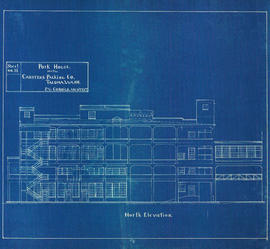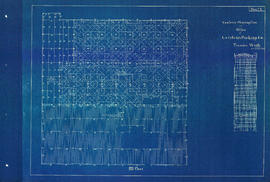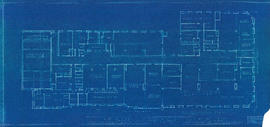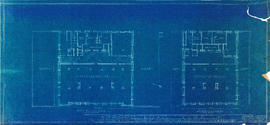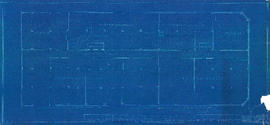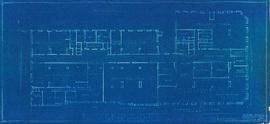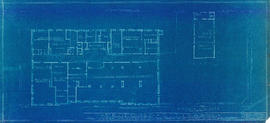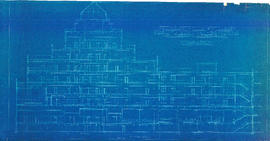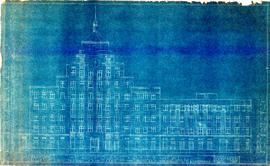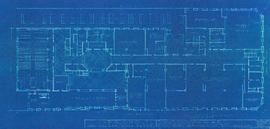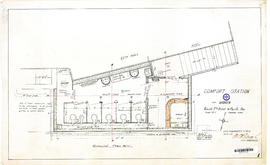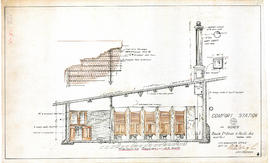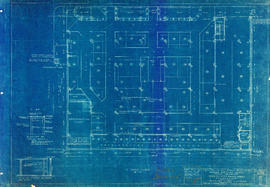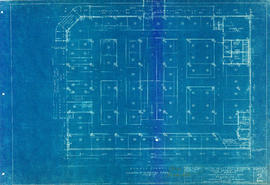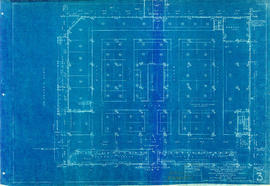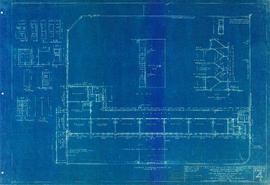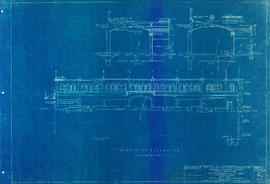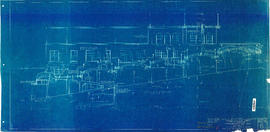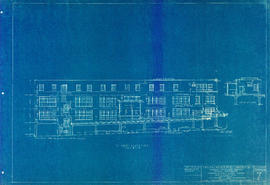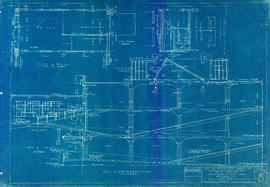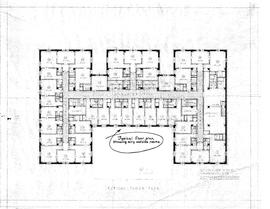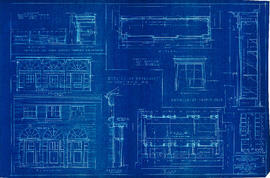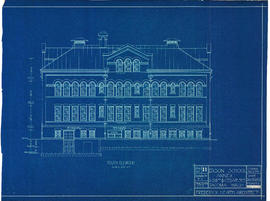One of 24 technical drawings created by Dugan & Sutton for a proposed rebuilding of the Donnelly Hotel which opened in 1897 and was demolished in 1925.
Earl N. Dugan was born in Perry, Iowa and graduated from the University of Illinois in 1906. After working for a short while in Chicago and San Francisco, he arrived in Tacoma working independently as a draftsman. This led to partnerships with Sutton, Whitney and Dugan as well as Mock, Morrison and Dugan. Dugan was the founding member of the Tacoma Society of Architects and would sometimes use this platform to secure contracts through free consultation, as was the case for the Point Defiance Pavilion.
Albert Sutton was born in Victoria, British Columbia, raised in Portland, Oregon and graduated from the University of California in Berkeley. His first architectural partnership was with James Pickles in 1888, followed by a brief collaboration with Ambrose Russell which lasted only two years when Sutton relocated to San Francisco. When he returned to Tacoma, Sutton formed a partnership with Harrison A. Whitney and Earl Dugan in 1912. This partnership would last until 1923 when Sutton would die suddenly from heart failure. Albert Sutton was a 33rd degree Mason, the highest rank within the organization.
